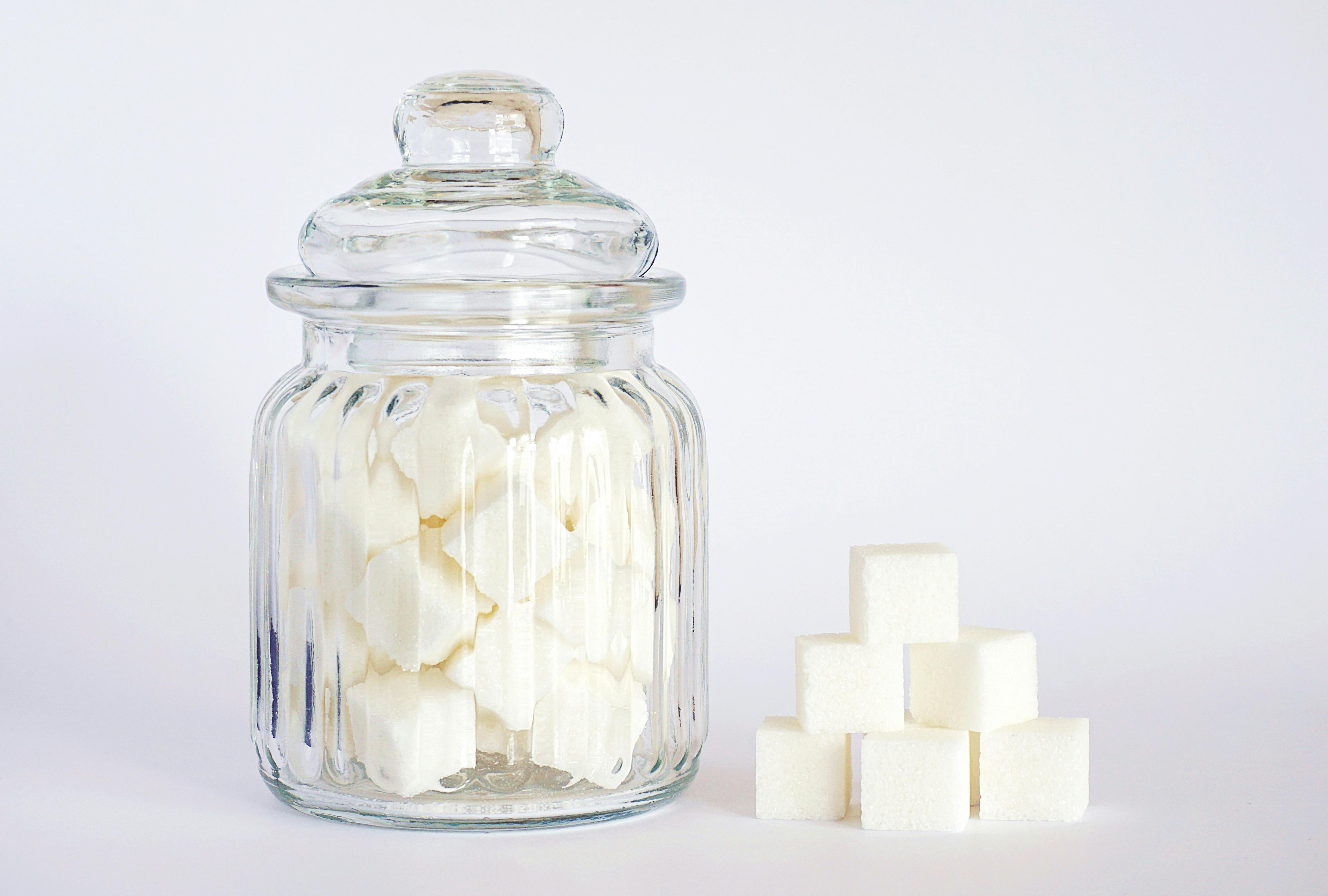
Sugar paste as a hemorrhoid remedy is believed to have its roots in traditional and Ayurvedic medicine. The concept hinges on sugar’s osmotic properties—meaning it can draw out excess fluid from tissues, theoretically reducing swelling.
In medical contexts, sugar has actually been used in wound care and the treatment of ulcers due to its dehydrating effect on bacteria and its ability to promote healing. However, these applications are carefully controlled in clinical environments, which raises the question: is applying sugar paste to hemorrhoids at home a good idea?
Spoiler alert: it's not well-supported by clinical evidence, but that doesn’t stop people from trying it.
If you’re curious (and cautious), here’s a basic approach people use to make sugar paste for external hemorrhoid application:
Some people repeat this process daily or as needed during flare-ups. Keep in mind this method is not approved or endorsed by the medical community.
The theory is that sugar paste dehydrates the swollen tissue and draws fluid out, which could lead to a reduction in size and inflammation. Some anecdotal reports support this, with individuals claiming they’ve experienced symptom relief.
However, the medical literature does not offer much support for sugar paste as a reliable or effective treatment for hemorrhoids. There are no randomized clinical trials, safety guidelines, or physician-endorsed protocols for this remedy. Applying sugar to broken or sensitive skin can also increase the risk of irritation, infection, or imbalance of healthy bacteria.
Using sugar paste on hemorrhoids carries several potential risks:
It’s also important to consider the location. The anal area is highly vascular and sensitive, making it especially vulnerable to unintended reactions. Even well-intentioned home remedies can lead to worsened symptoms if not used properly.
Trying sugar paste once out of curiosity probably won’t cause long-term harm. But if you're reaching for DIY remedies repeatedly without real improvement, it’s time to speak to a professional.
If you’re ready to seek professional care, look for a provider who offers a full spectrum of hemorrhoid care—from conservative treatments like lifestyle adjustments and medicated creams to minimally invasive procedures designed to shrink or remove hemorrhoids with precision and long-term relief.
While the idea of sugar paste for hemorrhoids may be rooted in traditional wisdom, modern medicine offers safer, more effective options. The remedy might temporarily soothe irritation or reduce minor swelling, but it’s not a cure and carries its own set of risks.
If you’re seeking real relief and lasting results, don’t rely on guesswork. Schedule a consultation with a professional to discuss the most effective treatment options for your symptoms. Your comfort and care deserve more than a spoonful of sugar.